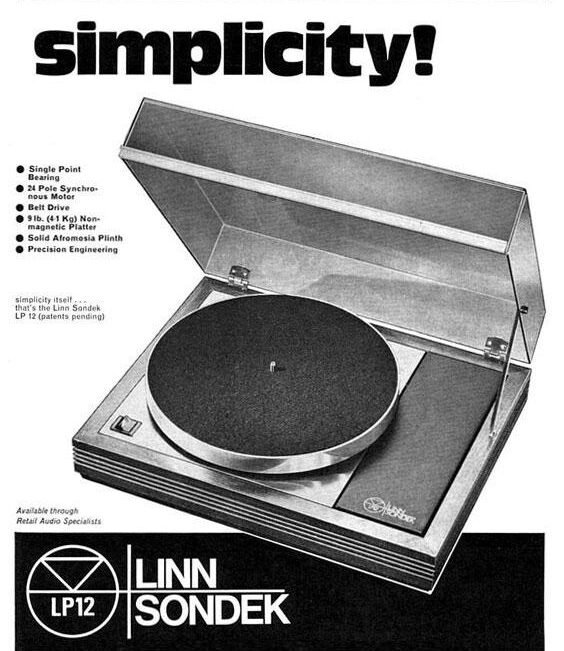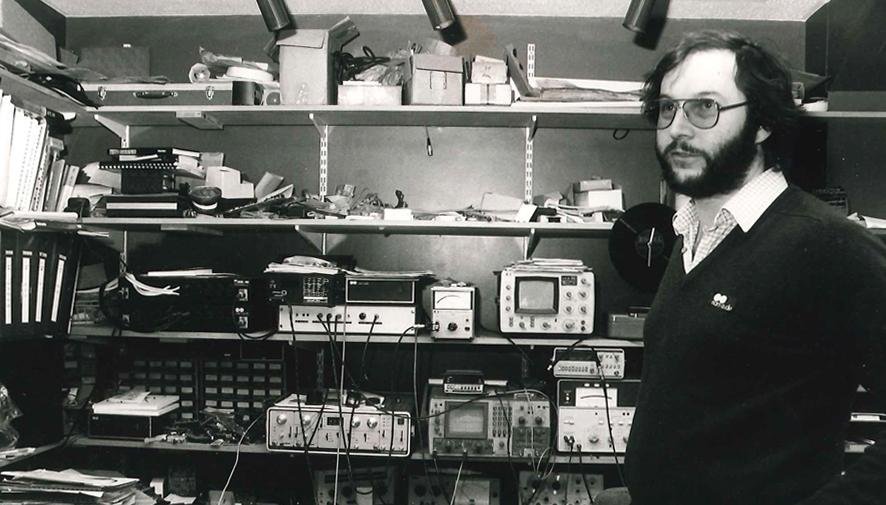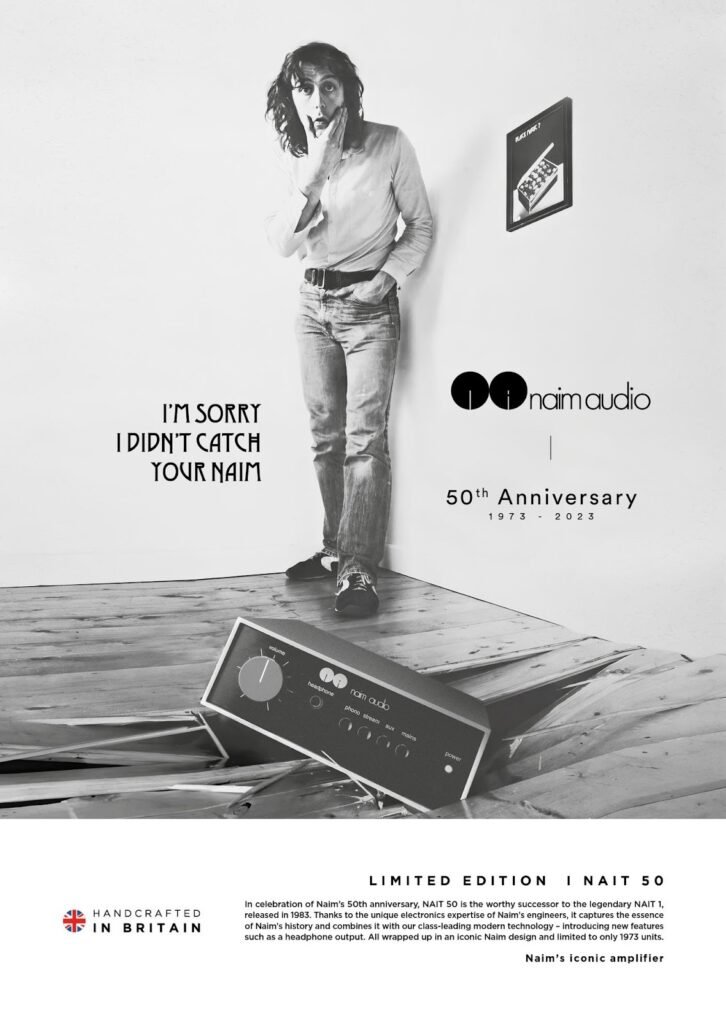The Flat Earth Audio Revolution: Linn, Naim, and the Passion Behind the Sound
In the world of high-fidelity audio, few movements have sparked as much transformation—or as much debate—as the “Flat Earth” philosophy. Born in the early 1970s and led by two trailblazing British companies, Linn Products and Naim Audio, this movement redefined how music lovers approached sound reproduction.
But what exactly was the “Flat Earth” movement? Why did it matter then—and why does it still matter today? And how did Linn and Naim come to shape the future of hi-fi with their uncompromising focus on musicality?
What Is the Flat Earth Movement?
While the term “Flat Earth” may evoke outdated beliefs or fringe theories, in the audio world it refers to a radical and invigorating shift in thinking. The Flat Earth philosophy challenged the idea that bigger, more complex systems equaled better sound. Instead, it championed a purist, minimalistic approach: strip away the frills and focus on preserving the essence of the music.
This was not about sterile accuracy or over-engineered specs—it was about emotional connection. It was about creating systems that brought music to life in a natural, unfiltered way. Two companies—Linn and Naim—stood at the heart of this movement.
Linn and Naim: The Revolution Begins
Founded in the early 1970s, Linn and Naim emerged during a time when the high-end audio world was dominated by expensive, ornate setups. What set them apart was a radical belief that the most critical component in any system was the source: the turntable, CD player, or digital streamer where the audio signal begins.

Ivor Tiefenbrun, Founder, Linn Products
Linn’s story began in Glasgow, Scotland with the launch of the Linn Sondek LP12 turntable in 1973. A game-changing product, the LP12 broke away from the bulky, over-engineered turntables of the day. Its design focused on precision, isolation, and vibration control—engineering choices that allowed the maximum musical detail to be extracted from vinyl.
Founder Ivor Tiefenbrun famously argued that “garbage in, garbage out.” In other words, no amplifier or speaker could recover detail lost at the source. The LP12 embodied this ethos, and its enduring success proved the point: the quality of the source determined the quality of the entire system.

Naim: Emotion Over Specs
Meanwhile, down in Salisbury, Julian Vereker founded Naim Audio in 1969 with a different but equally uncompromising vision. Naim’s early products, like the Naim NAIT integrated amplifier (introduced in 1983), prioritized musical engagement over technical benchmarks.
Rather than chase specs like Total Harmonic Distortion or Signal-to-Noise Ratio, Naim pursued what it called musicality—a system’s ability to convey emotion, energy, and timing. The “Naim sound” became synonymous with rhythm, clarity, and involvement, putting listeners at the heart of the performance.
Like Linn, Naim placed deep importance on the source—but its brilliance lay in building electronics that preserved musical intent all the way from turntable to speaker.

Julian Vereker, Founder, Naim Audio
The Source First Philosophy
Why all this emphasis on the source component?
Because it’s the beginning of the signal chain. If detail and timing are lost at the start—whether from a record, CD, or stream—no downstream component can restore them. Linn’s obsessive refinement of the LP12 aimed to extract every nuance from vinyl. Naim’s amplifiers were then designed to amplify that signal without distortion, coloration, or loss of timing.
This “source first” approach was a sharp contrast to the era’s obsession with massive amplifiers and eye-catching loudspeakers. Linn and Naim argued that real fidelity starts at the beginning—and their systems were designed accordingly.
Musicality: The Movement’s Core
At the heart of the Flat Earth movement was one word: musicality. While much of the industry chased flatter frequency curves or more dazzling specs, Linn and Naim focused on how music felt.
Linn didn’t pursue sterile accuracy. Instead, it sought to preserve dynamics and energy—so that listeners could experience every texture, from the shimmer of a cymbal to the growl of a bass guitar. Naim followed suit, designing amplifiers that delivered timing, rhythm, and drive. Their systems didn’t just play music—they brought it alive.
For fans, it wasn’t about checking boxes. It was about goosebumps. About feeling the music, not just hearing it.
Why It Still Matters
Fifty years on, the Flat Earth philosophy still resonates. In a world of streaming services, digital ecosystems, and spec-heavy marketing, it’s easy to lose sight of what matters most: connection.
Linn and Naim’s approach was prescient. Today’s audiophiles still debate the importance of sources—whether it’s a turntable, DAC, or network streamer. Their message endures: a system’s soul lies in its ability to let music flow, naturally and emotionally, from the source.
As we embrace higher-resolution formats and next-gen components, the need for great sources is more critical than ever. You can have the best speakers or amps in the world, but without a great front-end, they’re wasted. That’s a truth Linn and Naim knew in 1973—and one we’d do well to remember today.
The Flat Earth movement, born from the vision of Linn and Naim, reshaped high-fidelity audio in the 1970s—and its influence continues to echo today. With an unwavering focus on the source and a relentless pursuit of musicality, these two companies proved that great sound isn’t just about data or specs. It’s about emotion, nuance, and the magic of music reproduced with truth and integrity.
In a landscape increasingly cluttered by features and formats, their legacy is a powerful reminder: the best systems don’t just reproduce music—they make you feel it.
Why We at British Audio Guys Believe in the Flat Earth Philosophy
At British Audio Guys, we resonate deeply with the Flat Earth philosophy because it reflects everything we value in music reproduction: clarity, integrity, emotion, and above all, musical connection.
Linn and Naim don’t just make great audio equipment—they reshaped the way we listen. Their belief that the source component is the heart of any system mirrors our own approach. Whether you’re playing vinyl, streaming high-resolution audio, or rediscovering your CD collection, we know that what happens at the beginning of the signal chain defines the experience that follows. “Garbage in, garbage out” isn’t just a slogan—it’s a guiding principle.
We share Linn’s dedication to extracting every last detail from the source and Naim’s commitment to emotional engagement over technical showmanship. It’s about goosebumps, foot taps, and the moment a song stops being sound and becomes feeling.
In a world overflowing with features and distractions, the Flat Earth philosophy reminds us what truly matters: connecting people to their music. That’s why we champion products and systems that prioritize musicality and authenticity above all else. At British Audio Guys, we don’t just sell hi-fi—we build systems that move you.


